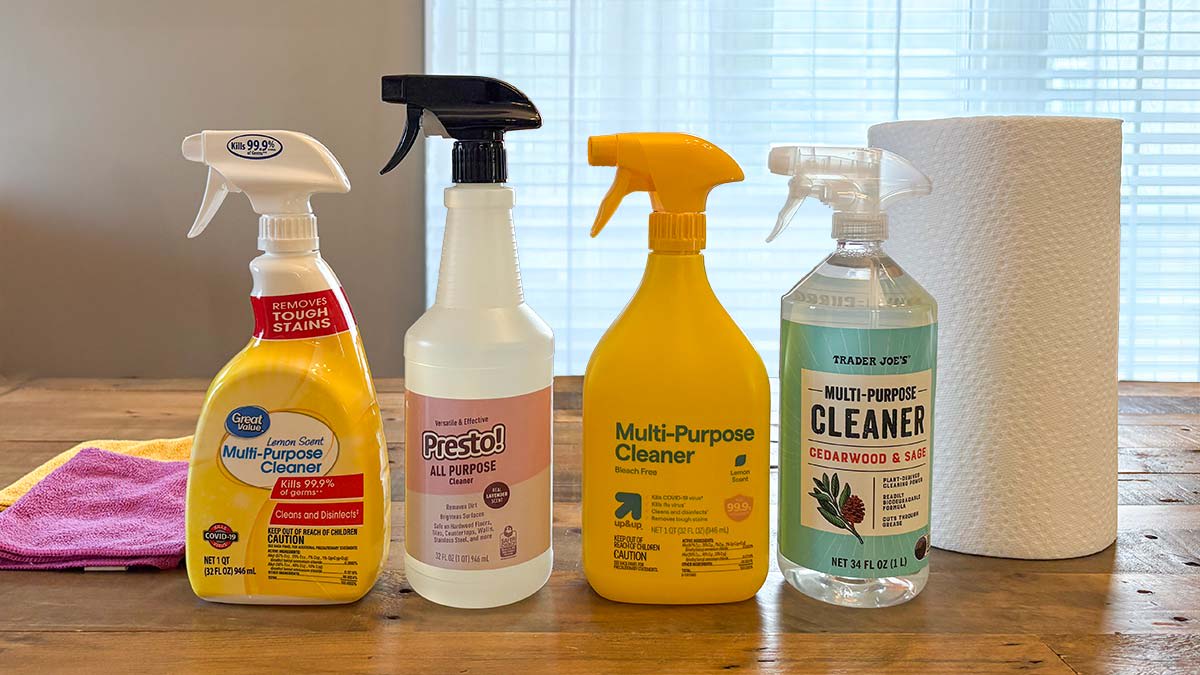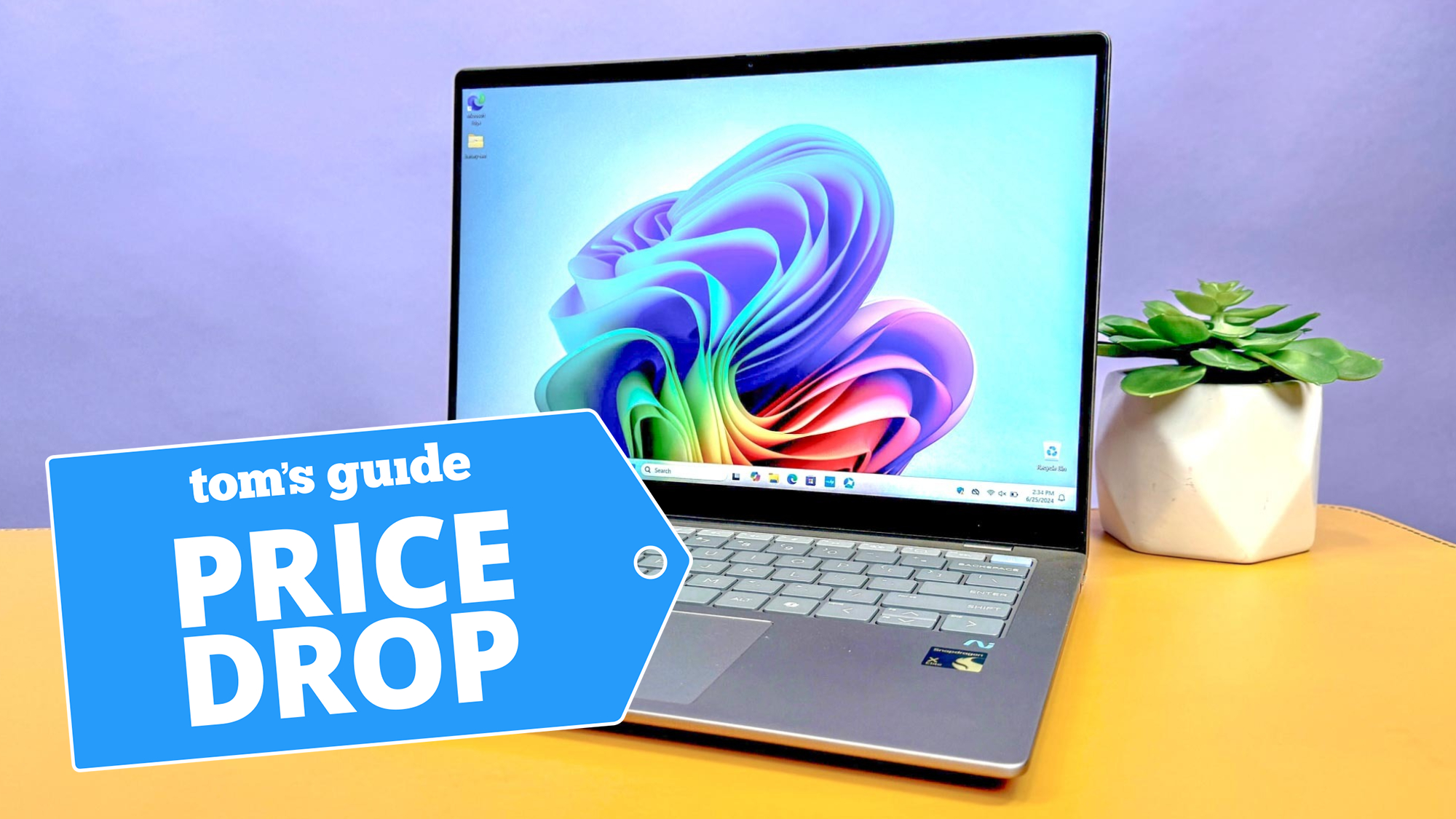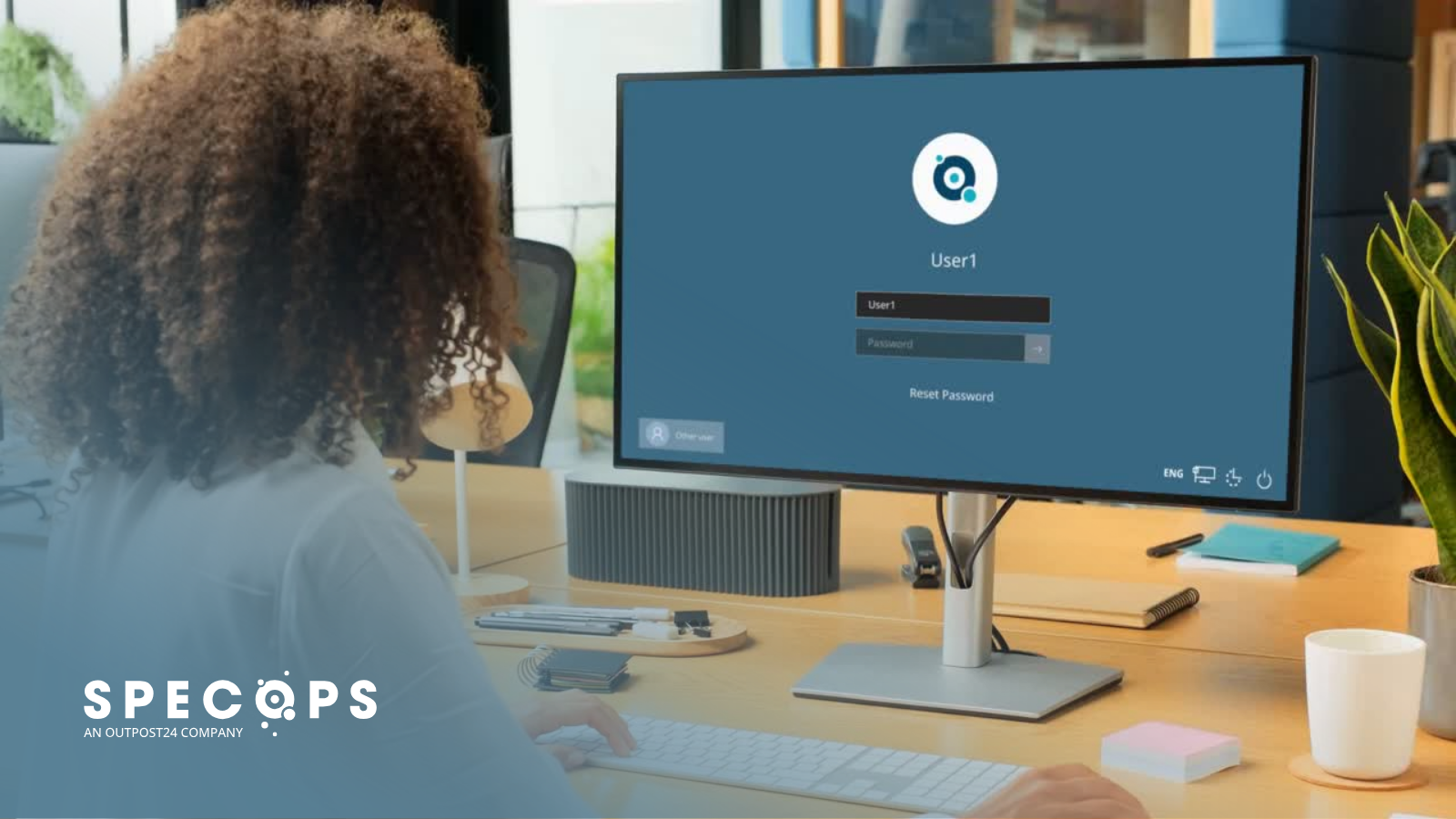Vendor Spotlight: NinjaOne

Founded to address the growing needs of managed service providers (MSPs) and IT professionals, NinjaOne has steadily evolved, adapting its product offerings to meet the demands of a rapidly changing technological landscape. This spotlight provides a comprehensive look at the company’s origins, growth, product evolution, and the challenges it has faced along the way. Additionally, we will review their flagship product, along with two other significant offerings from their suite.
Origins and Founders
NinjaOne was founded in 2013 by Salvatore Sferlazza and Chris Matarese, both seasoned veterans in the IT management industry. The pair had previously co-founded four other IT enterprises, including PacketTrap, which was acquired by Quest Software. After successfully selling on their other enterprises. The duo developed a vision of creating a platform that would simplify IT management, making it accessible and efficient for MSPs and IT teams.
The initial idea behind NinjaRMM was to build an RMM tool that was not only powerful and feature-rich but also easy to use: a combination that was sorely needed in an industry often plagued by overly complex solutions. The founders sought to create a tool that would provide comprehensive remote management capabilities while maintaining an intuitive user interface that could be quickly adopted by IT professionals, regardless of their technical background.
Timeline and Evolution
NinjaOne’s journey from inception to its current status as a leading ITSM and RMM platform is marked by continuous innovation and a keen understanding of industry trends.
- 2013: NinjaRMM was founded with the goal of simplifying remote IT management. The initial version of the product focused on basic remote monitoring, patch management, and reporting features, catering primarily to small and medium-sized businesses (SMBs) and MSPs.
- 2015: After two years of development and beta testing, NinjaRMM officially launched its product. The company quickly gained traction due to its ease of use and the strong demand for RMM solutions that didn’t require extensive training or setup.
- 2017: The product suite expanded to include additional automation capabilities, advanced reporting, and integrations with other essential IT tools such as ConnectWise and Autotask. These enhancements broadened the appeal of NinjaRMM to larger organizations with more complex IT environments.
- 2019: NinjaRMM continued to innovate by adding endpoint protection features, making it a more comprehensive IT management platform. The company also opened new offices to support its growing customer base, particularly in Europe and Asia.
- 2020: Responding to the global shift towards remote work due to the COVID-19 pandemic, NinjaRMM introduced more robust remote access features and enhanced its patch management capabilities. This year also saw the company rebranding itself as NinjaOne, reflecting its broader focus beyond just RMM to include full ITSM solutions.
- 2021: NinjaOne introduced Ninja Data Protection, a new product aimed at providing backup and disaster recovery services, further diversifying its product suite. The company also launched advanced software deployment features, enhancing the automation of routine IT tasks.
- 2022-Present: NinjaOne continues to grow and evolve, with significant investments in expanding its platform’s capabilities. The company has focused on deepening its integrations with third-party tools, improving user experience, and enhancing its security features in response to the growing cybersecurity threats facing organizations worldwide.
Company Ownership
The business went through a number of financing rounds which diluted the ownership of the founders – although the pair still owns a majority stake. Other shareholders in the business include Iconiq Growth and Summit Partners, two fund management enterprises. Summit made its initial investment in NinjaOne in 2020. Iconiq Growth bought in during NinjaOne’s Series C financing round in January 2024, which raised $231.5 million. That event valued NinjaOne at $1.9 billion.
Another important investor in the company is Gerhardt Watzinger, the Chairman of CrowdStrike. Watzinger invested in the company in a personal capacity in 2023 – CrowdStrike doesn’t hold any stock in NinjaOne.
Key People and Locations
Watziner’s buy-in got him a place on the Board of Directors. However, he isn’t the CEO of NinjaOne; that position is held by founder, Sal Sferlazza. The other founder of the company currently fills the role of Chief Financial Officer.
Iconiq Growth and Summit Partners both have associates on the board of NinjaOne. The final place in the boardroom is taken by Hila Nir, a technology leader who previously took ZoomInfo to a billion dollar valuation and has also made an investment personally in NinjaOne.
The company was founded in the San Francisco Bay Area, like many other tech startups in the past few decades. In 2021, NinjaOne became one of the Californian tech stars that relocated to Texas, moving its headquarters to Austin. NinjaOne has run its European headquarters in Berlin, Germany since 2018 and has run its Asia-Pacific operations from Sydney, Australia since 2022. The company also has an office in Tampa, Florida.
Today, NinjaOne has more than 1,000 employees and over 17,000 customers, located in 80 countries.
Product Suite
NinjaOne’s product suite has evolved significantly over the years, starting as a simple RMM tool and expanding into a comprehensive IT management platform.
The current product suite includes:
- Remote Monitoring and Management (RMM) The core of NinjaOne’s offering, the RMM tool, allows IT professionals to monitor and manage endpoints remotely. It includes features such as automated patch management, software deployment, remote access, and real-time monitoring. The platform’s intuitive dashboard makes it easy to manage multiple clients and devices from a single interface.
- Endpoint Management Building on the RMM capabilities, NinjaOne offers advanced endpoint management features that include automated remediation, endpoint security integration, and detailed reporting. These tools help IT teams maintain control over their networks, ensuring devices are secure and up-to-date.
- Ninja Data Protection Launched in 2021, this product offers backup and disaster recovery services. It enables organizations to protect their data with automated backups and quick recovery options, reducing downtime in the event of data loss.
- Patch Management A critical feature of the RMM tool, NinjaOne’s patch management automates the deployment of patches across all managed devices. This helps organizations stay secure by ensuring that all systems are updated with the latest security patches.
- Software Deployment NinjaOne simplifies the process of deploying software across multiple devices. IT teams can schedule deployments, automate installations, and manage software licenses from a single interface.
- Remote Access Enhanced during the pandemic, NinjaOne’s remote access capabilities allow IT professionals to troubleshoot and manage devices from anywhere. The remote access tool integrates seamlessly with the RMM platform, providing a smooth experience for managing remote endpoints.
- Reporting and Analytics NinjaOne provides detailed reporting and analytics features that give IT teams insights into their network’s health and performance. These reports can be customized and scheduled, making it easy to share information with stakeholders.
- Integrations NinjaOne integrates with a wide range of third-party tools, including popular PSA (Professional Services Automation) platforms like ConnectWise and Autotask, as well as security tools and other IT management solutions. These integrations allow users to extend the capabilities of NinjaOne, creating a more cohesive IT management ecosystem.
Evolution of the Product Suite
NinjaOne’s product suite has evolved in response to the growing complexity of IT environments and the need for more integrated solutions. Initially focused on basic remote monitoring and management, the platform has expanded to include a broad range of IT management tools. This evolution has been driven by several key trends:
- Shift to Cloud-Based IT Management As organizations moved to the cloud, NinjaOne adapted its platform to provide cloud-based IT management solutions. This shift has allowed the company to offer more scalable and flexible tools that can be accessed from anywhere.
- Increased Focus on Security With the rise of cybersecurity threats, NinjaOne has placed a greater emphasis on security features. The addition of endpoint protection, patch management, and data protection tools has made NinjaOne a more comprehensive solution for securing IT environments.
- Automation and Efficiency Recognizing the need for greater efficiency in IT management, NinjaOne has continuously added automation features to its platform. Automated patch management, software deployment, and remediation tools reduce the workload for IT teams, allowing them to focus on more strategic tasks.
- User-Centric Design From the beginning, NinjaOne has prioritized ease of use. The platform’s intuitive interface and user-friendly design have been key to its success, particularly among smaller IT teams and MSPs who may not have extensive technical expertise.
Challenges and Overcoming Them
Like any growing company, NinjaOne has faced its share of challenges. Some key challenges include:
- Market Competition The RMM and ITSM markets are highly competitive, with established players like ConnectWise, SolarWinds, and Kaseya. To stand out, NinjaOne has focused on ease of use, customer support, and continuous innovation. The company’s ability to quickly adapt to market trends and customer needs has helped it carve out a niche in this competitive space.
- Scalability As NinjaOne grew, scaling the platform to meet the needs of larger organizations and global customers became a challenge. The company invested in cloud infrastructure and engineering talent to ensure that its platform could handle increased demand while maintaining performance and reliability.
- Security Concerns In the wake of high-profile security breaches affecting IT management platforms, NinjaOne has had to reinforce its security posture. This included enhancing its endpoint protection features, conducting regular security audits, and implementing more stringent access controls.
- Brand Transition The rebranding from NinjaRMM to NinjaOne was a significant challenge, as it required the company to communicate its expanded focus and product offerings to existing customers while attracting new ones. The rebranding has been largely successful, thanks to a well-executed marketing strategy and the continued development of the platform.
NinjaOne’s Remote Monitoring and Management (RMM) tool remains the cornerstone of its product suite. It is a powerful, cloud-based platform designed to simplify the management of IT assets across multiple locations and clients. The RMM tool is known for its ease of use, comprehensive feature set, and strong automation capabilities.
Key Features:
- Real-Time Monitoring: NinjaOne RMM provides real-time monitoring of all managed endpoints, offering insights into the health and performance of devices. Alerts can be configured to notify IT teams of potential issues before they escalate.
- Automated Patch Management: The RMM tool automates the deployment of patches, ensuring that all systems are up-to-date with the latest security and software updates. This feature significantly reduces the risk of vulnerabilities.
- Remote Access and Control: IT professionals can remotely access and control devices directly from the NinjaOne dashboard, enabling quick troubleshooting and support. The remote access tool is secure and easy to use, with minimal latency.
- Software Deployment: NinjaOne RMM allows IT teams to deploy software across multiple devices with just a few clicks. This feature supports batch deployments, scheduling, and automated updates.
- Reporting and Analytics: The platform offers detailed reports on system performance, software usage, and patch compliance. These reports can be customized and exported in various formats.
- Integration: NinjaOne RMM integrates with a wide range of third-party tools, including PSA platforms, antivirus software, and cloud services. This allows IT teams to manage their entire IT environment from a single interface.
User Experience
One of the standout features of NinjaOne RMM is its user interface. The platform is designed to be intuitive, with a clean and organized dashboard that makes it easy to navigate and find the tools you need. Users have praised the simplicity of the setup process, with many noting that they were able to get the platform up and running quickly without extensive training.
The automation capabilities of NinjaOne RMM are another major highlight. The ability to automate routine tasks like patch management and software deployment saves IT teams a significant amount of time and reduces the risk of human error. The platform’s remote access tool is also highly regarded, with users noting its reliability and ease of use.
Performance
NinjaOne RMM is known for its strong performance and reliability. The cloud-based platform is designed to scale, ensuring that it can handle the needs of both small IT teams and large enterprises. The real-time monitoring and alerting features work seamlessly, providing IT teams with the information they need to maintain system uptime and prevent issues from affecting end users.
Pros:
- Comprehensive Feature Set: NinjaOne provides a wide range of features, including remote monitoring, patch management, asset management, ticketing, and automation. This makes it a versatile solution for managing various IT environments.
- User-Friendly Interface: The platform has a relatively intuitive interface, making it easy for users to navigate and utilize its features.
- Robust Automation Capabilities: NinjaOne offers powerful automation features, allowing users to streamline repetitive tasks and improve efficiency.
- Strong Integration Capabilities: The tool integrates well with other popular IT tools and platforms, providing a unified view of IT operations.
- Excellent Customer Support: NinjaOne is known for providing responsive and helpful customer support, ensuring that users can get assistance when needed.
Cons:
- Learning Curve: While the interface is generally user-friendly, there may be a learning curve for new users, especially those who are unfamiliar with RMM tools.
- Complexity: Some users may find the platform to be overly complex, particularly for smaller IT environments.
- Cost: NinjaOne can be relatively expensive, especially for larger organizations or those with complex IT infrastructures.
- Limited Customization: While the tool offers a good degree of customization, there may be limitations in terms of tailoring the platform to specific workflows or requirements.
NinjaOne RMM is a stable and reliable, user-friendly IT management platform that offers a comprehensive set of tools for managing IT assets. Its ease of use, powerful automation features, and strong performance make it a popular choice for MSPs and IT departments looking to streamline their operations and improve service delivery.
Read our NinjaOne RMM Review.
Other Notable Products
1. Ninja Data Protection
Ninja Data Protection is a backup and disaster recovery solution that provides organizations with a reliable way to protect their data. It offers automated backups, quick recovery options, and flexible storage options, making it easy for IT teams to ensure that their data is safe and accessible.
Users appreciate the simplicity of setting up and managing backups with Ninja Data Protection. The platform integrates seamlessly with the rest of the NinjaOne suite, allowing for centralized management of backups alongside other IT tasks. While it may not offer the same level of advanced features as some dedicated backup solutions, Ninja Data Protection is an excellent addition to the NinjaOne suite for those looking for a straightforward and reliable data protection solution.
2. Endpoint Management
NinjaOne’s Endpoint Management tool extends the capabilities of the RMM platform by offering more advanced features for managing and securing endpoints. This includes automated remediation, advanced reporting, and integration with security tools. The Endpoint Management tool is designed to give IT teams more control over their networks, ensuring that devices are secure and compliant with organizational policies.
Users have praised the Endpoint Management tool for its ability to simplify the management of large numbers of devices. The integration with NinjaOne RMM means that IT teams can manage endpoints from a single interface, reducing the need to switch between different tools. The automated remediation features are particularly valuable, as they help to reduce the time spent on manual troubleshooting and ensure that issues are resolved quickly.
Major competitors
It is difficult to get precise market share data for NinjaOne because different analysts put the company’s services in different categories and match it against different competitors. For example, Datadog is a leader in IT asset monitoring and management systems. However, the company does not make clear how many of its customers subscribe to its services that compete with NinjaOne and how many use other products on the platform instead, such as its SIEM.
When considering the competitors that represent the biggest threats to NinjaOne, it is perhaps better to assess the companies that offer products that are the closest in functionality to the NinjaOne RMM package. These are:
- ConnectWise One of the leading IT management platforms, offering a comprehensive suite of tools, including remote monitoring and management (RMM), professional services automation (PSA), and cybersecurity solutions. Known for its extensive features and integrations, ConnectWise targets large managed service providers (MSPs) and enterprises.
- Kaseya Provides IT management software for MSPs and internal IT departments, featuring RMM, endpoint management, and cybersecurity tools. Kaseya is known for its scalability and wide range of products, which include VSA for RMM and BMS for PSA. Kaseya has also expanded its portfolio through acquisitions, such as purchasing Datto in 2022. Datto RMM competes strongly with NinjaOne RMM, and the Datto brand also offers a backup suite. Kaseya also owns Datto’s subdivision, Autotask, which provides PSA, RMM, and backup products.
- SolarWinds N-able Formerly known as SolarWinds MSP, N-able offers RMM, endpoint protection, backup, and disaster recovery solutions. N-able focuses on providing tools that are flexible and easy to use, catering primarily to small and medium-sized businesses (SMBs) and MSPs.
- Atera An all-in-one platform that combines RMM, PSA, and remote access tools with a pricing model based on the number of technicians rather than devices. This pricing structure makes Atera particularly attractive to small MSPs and IT teams.
- Syncro Offers a unified platform that includes RMM, PSA, and billing capabilities. Syncro is designed for small to medium-sized MSPs, providing an affordable and easy-to-use solution that integrates key IT management functions.
There are many more providers that operate in the RMM field, and so NinjaOne needs to keep investing and improving its products to stay ahead of the competition.
Conclusion
NinjaOne has established itself as a leading provider of IT management solutions, offering a comprehensive suite of tools that cater to the needs of MSPs and IT departments. From its origins as a simple RMM tool, the company has grown and evolved to offer a full range of ITSM solutions, including data protection, endpoint management, and more. The platform’s ease of use, strong automation capabilities, and continuous innovation have made it a popular choice among IT professionals.
While NinjaOne has faced challenges along the way, including competition and the need to scale, the company has successfully navigated these obstacles by focusing on customer needs and staying ahead of industry trends. As NinjaOne continues to expand its product offerings and enhance its platform, it remains well-positioned to meet the demands of the ever-changing IT landscape.
Source link












